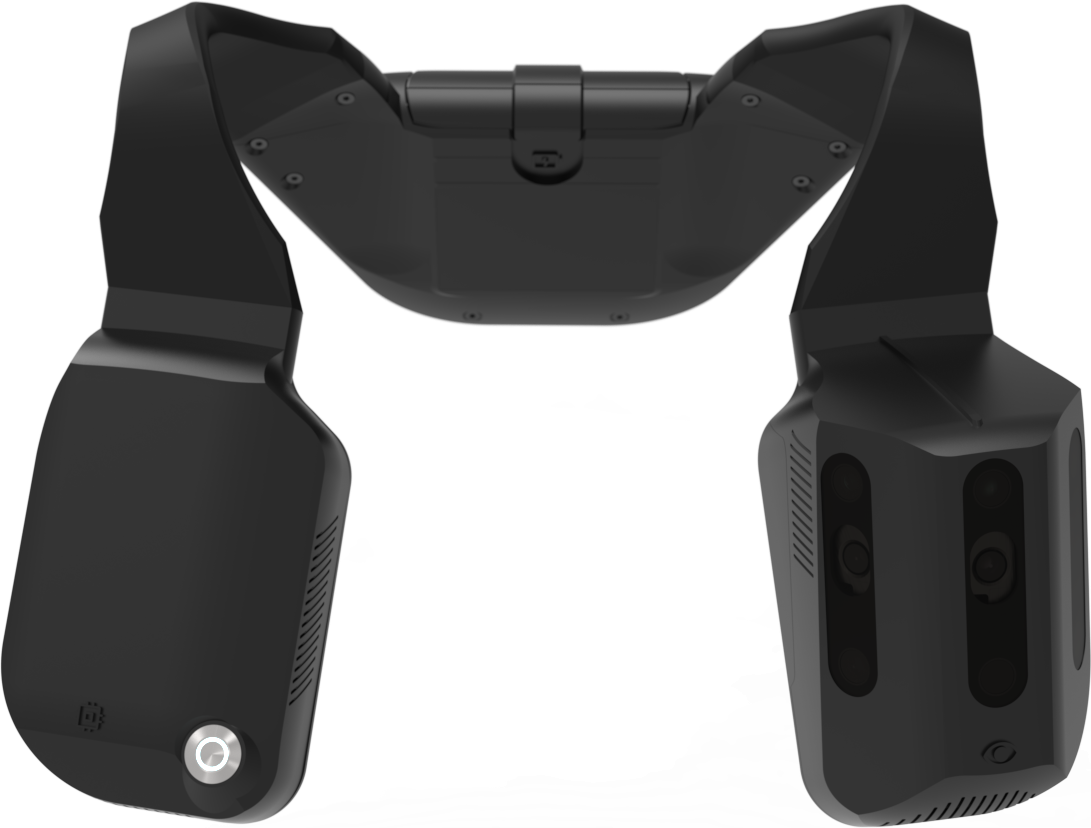
Real-Time Guidance for the Visually Impaired
Advanced Perception, Awareness, and Navigation with Intel RealSense Technology.


Challenge
Vision Language Models (VLMs) have the potential to revolutionize robotics, but their utility is hindered by challenges generating accurate and reliable visual descriptions. As a result, traditional assistive technologies often provide only limited mobility and spatial awareness.
Solution
Biped.ai incorporates depth information and images captured by Intel® RealSense™ Depth Module D430 for essential tasks such as scene understanding, object recognition, and generative AI descriptions.
Results
Equipped with 3D vision and advanced AI algorithms, Biped.ai is poised to revolutionize the way blind and visually impaired individuals move through their worlds.
Introducing NOA: The AI-Powered Mobility Vest for the Visually Impaired
Experience a revolutionary approach to mobility for the visually impaired. NOA, developed by Biped.ai, is a cutting-edge mobility vest that empowers users with real-time guidance, obstacle detection, and environmental descriptions, enabling greater independence and confidence in their daily lives.

Spatial Awareness
AI-Driven Spatial Awareness
NOA leverages self-driving vehicle software co-developed with Honda Research Institute. By fusing turn-by-turn GPS instructions with visual data, it offers precise, context-aware navigation, enabling users to traverse complex environments like city streets, crowded pathways, and public transport hubs.
Obstacle Detection
Real-Time Obstacle Detection
Utilizing three Intel RealSense D430 depth cameras, NOA replicates the human field of vision to identify potential hazards. From low-hanging branches to moving vehicles, users receive auditory alerts via bone-conduction headphones, allowing them to react instantly.
AI Descriptions
Generative AI Descriptions
When users press a button on the vest, NOA activates its generative AI capability, describing nearby activities such as "crossing a street" or "entering a shop." This enhanced awareness enables better decision-making in unfamiliar surroundings.
Seamless Integration and Scalability
The D430’s native support of the Intel RealSense SDK 2.0 accelerates development with pre-built tools for image pre-processing, multi-camera sync, and IMU data processing. As a result, Biped.ai’s team fast-tracked the prototyping process, cutting down on engineering hours and ensuring a faster time-to-market.
D430 Module: The Vision Behind NOA

The Intel RealSense Depth Module D430 serves as the core of NOA’s vision system, offering precise depth perception, wide field of view, and high-resolution image capture. This ensures that users receive accurate, real-time obstacle alerts, even in complex and fast-changing surroundings. Designed to function in diverse conditions, the D430’s ability to handle RGB, infrared, and depth data ensures consistent performance, even in low-light settings—a crucial factor for users with light sensitivity.
What's next?
Learn how RightHand Robotics is using Intel® RealSense™ computer vision technology to revolutionize automated warehouse order fulfillment.
Robotics overview
See how Intel® RealSense™ cameras can revolutionize the robotics industry with the latest in depth‑sensing technology.
